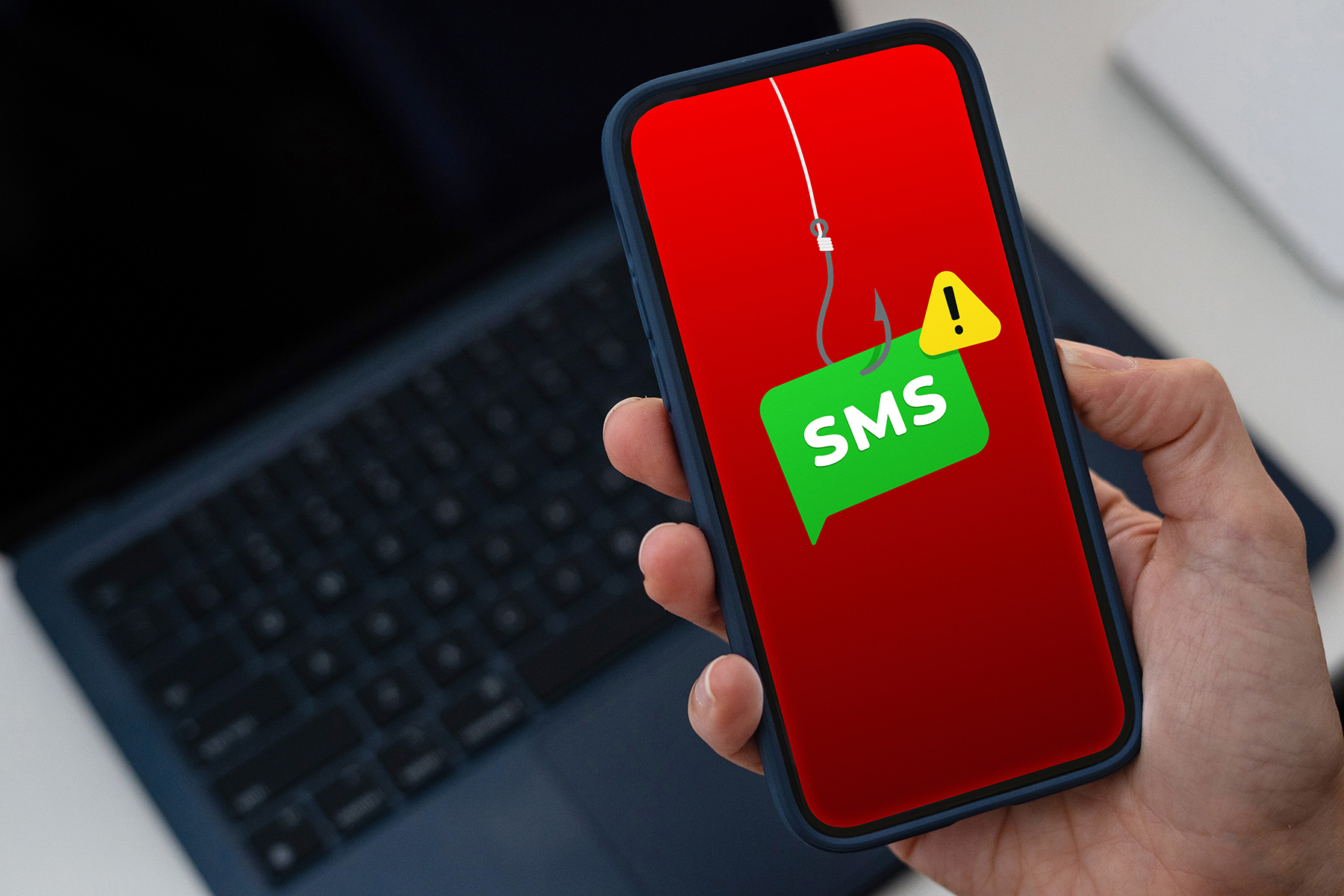Business Content
How to Outsmart Smishing Scammers and Keep Your Phone Secure

Sending a text message is an easy way to communicate, but it can also be an easy way to get scammed. Smishing (SMS phishing) scams are on the rise, and you need to understand how they work so you can protect your personal information.
What Is a Smishing Text Message Scam?
Smishing is a form of phishing that uses text messages (SMS) instead of emails to deceive victims. Scammers send texts that appear to be from legitimate sources, often using urgent language to create a sense of panic. These messages may claim there’s a problem with your bank account, a suspicious login attempt, or a missed delivery. They often include a link that, when clicked, leads to a fake website designed to steal your personal information, install malware on your phone, or trick you into making a payment.
Example of the Scam
Jason receives a text that appears to be from his financial institution, warning him of suspicious activity on his account. The text instructs him to click on a link to verify his identity and secure his account. Jason clicks the link and is taken to a fake website that looks identical to his financial institution’s login page. He enters his username and password, unknowingly giving the scammer access to his account.
Tips for Protecting Yourself
- Don’t click on links from unknown senders. If you think the message might be legitimate, contact the company or organization directly using a verified phone number or email address.
- Be wary of urgency. Scammers often use urgent language to pressure you into acting quickly. Don’t let fear or panic cloud your judgment. Take a moment to assess the situation before taking any action.
- Never share personal information. Don’t respond to text messages that ask for personal or financial information, such as your Social Security number, bank account details, or passwords.
- Verify the sender. If you receive a suspicious text, contact the company or organization directly using a verified phone number or email address to confirm the message’s legitimacy.
- Block spam and install security software. Block spam text messages and install reputable security software on your phone to protect against malware and other threats.
If You’ve Been Scammed
- Contact us. If your account information has been compromised or if you believe you’ve mistakenly paid a scammer, let us know.
- Report the scam to the FTC. File a report with the Federal Trade Commission at ReportFraud.FTC.gov and your local law enforcement agency.
- Report the scam to your state attorney general. You can find their contact information at naag.org.
- Change your passwords. Change your passwords for any accounts you may have accessed through the link provided in the smishing message. This includes your online banking, email, and social media accounts.
- Monitor your accounts. Check your phone bill and bank statements for unauthorized charges. If you notice anything suspicious, report it immediately.
Contact us to learn more about safeguarding your financial information and securing your accounts. Our experts are here to help.